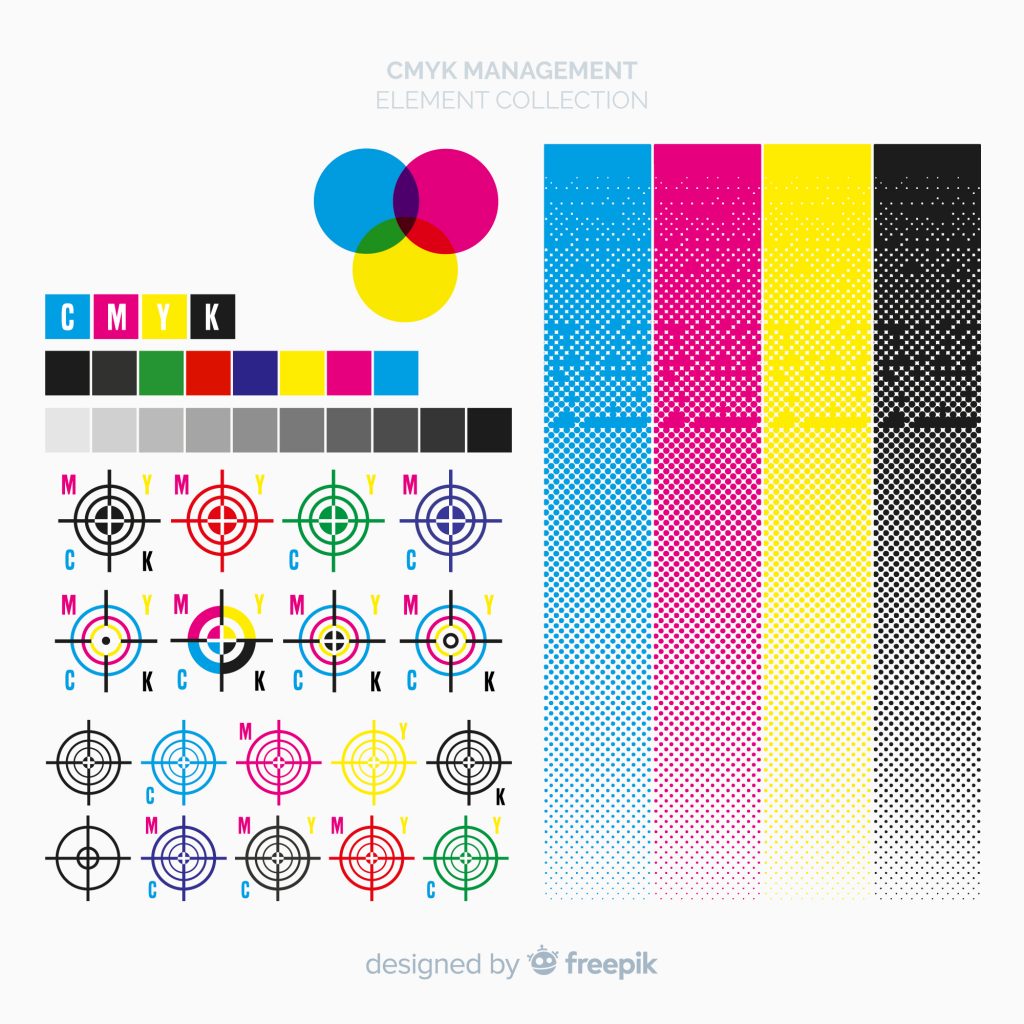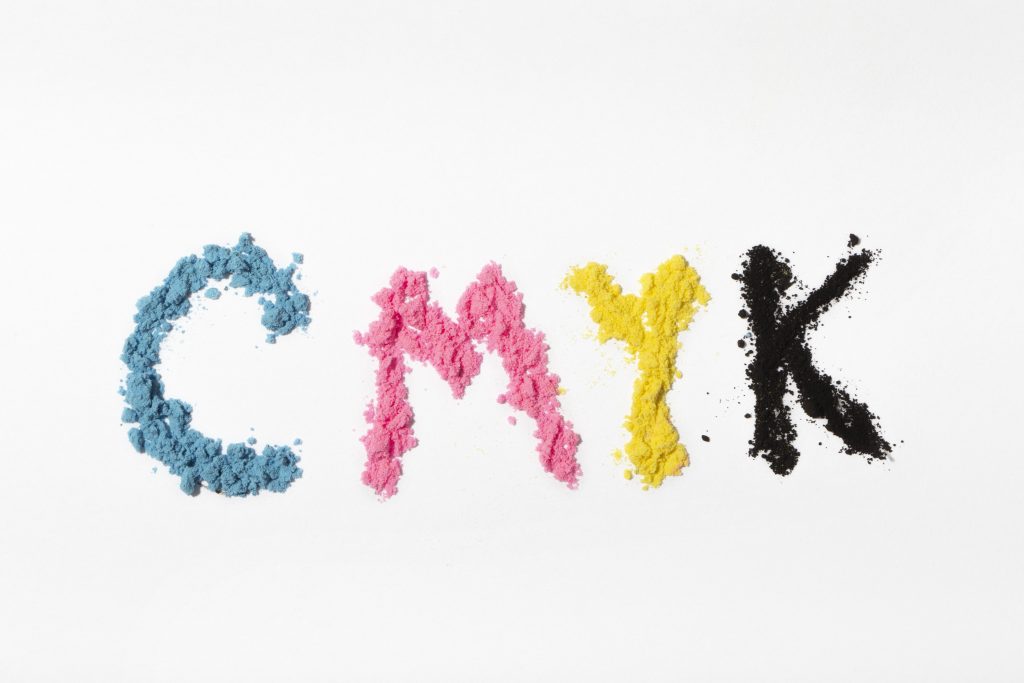1.Overview and classification of the ink industry

Ink is a fluid substance with pigment particles uniformly dispersed in the binder and has a certain viscosity. It is an indispensable material in printing. In today’s call for the development of a low-carbon economy and the promotion of green environmental protection, the production and use of energy-saving and environmentally friendly inks are increasingly becoming the consensus of the ink industry and the printing industry.
The binder is mainly made of various resins and solvents. It is used as a pigment carrier to adjust the viscosity, fluidity, dryness and transfer performance of the ink, and to make the ink dry, fix and form a film on the surface of the substrate. The pigment determines the color, tinting strength, chromaticity, solvent resistance, light resistance, and heat resistance of the ink. Auxiliary agent is a small amount of auxiliary material added to improve the ink performance and adjust the printing adaptability of the ink during the ink manufacturing and printing process. There are many types of inks, and different types of inks vary greatly in composition and performance. According to different printing formats, solvent types and drying methods, it can be divided into the following categories:
Classified by printing format: gravure ink, flexo ink, screen printing ink and jet printing ink, etc.;
Classified by solvent type: benzophenone-based solvent ink, oil-based ink, alcohol/ester solvent ink, water-based ink and solvent-free ink;
Classified by drying method: volatile drying ink, oxidized conjunctival drying ink, thermal curing drying ink, ultraviolet curing (UV) drying ink and other drying inks.
The ink industry was born after the first industrial revolution in Western countries, and it developed rapidly due to the development of the chemical industry and packaging and printing industries. Since the 1980s, with the development of the global economy and advances in science and technology, the output of the global ink manufacturing industry has continued to rise, and the industry concentration has increased significantly. The world’s top 10 ink companies account for more than 70% of the world’s market share. The United States, China, Japan and Germany have become the world’s major ink producers and consumers. In recent years, the global annual output of ink is about 4.2 to 4.5 million tons, of which my country’s ink output accounts for about 17% of the global ink output, and my country has become the world’s second largest ink manufacturer.
2. Market segmentation and trend analysis of the ink industry

my country’s annual output of ink has grown from 697,000 tons in 2015 to 794,000 tons in 2019, with an average annual growth rate of about 3.3%. In the past ten years, the quality and quantity of my country’s ink products have undergone tremendous changes, but my country’s per capita consumption of printed matter is still very low. With the continuous development of my country’s national economy, the vigorous development of ink is also obvious. In the future, the development of my country’s ink industry will not only increase products, but also focus more on adjusting product structure, mainly to increase production concentration, increase research and development, improve scientific and technological content, product quality and product stability, so that it can better adapt to Today’s modern printing industry requires multicolor, high-speed, fast-drying, pollution-free, and low-consumption.
From the perspective of product structure, according to relevant statistics such as the China Ink Association and the Radiation Curing Professional Committee of the Chinese Photographic Society, the output of offset printing inks in my country in 2018 accounted for about 36.0% of the total domestic ink output. The application areas of the company) accounted for about 42.8% of the total domestic ink output, and uv inks accounted for about 9.2% of the total domestic ink output.
(1) UV ink market analysis
At present, the main application field of domestic UV ink is the printing of high-end cigarettes, wine, health care products and cosmetics packaging, which accounts for more than half; the next is the printing of various trademarks, bills, etc.; the rest are some special materials or special purposes Products such as magnetic cards, plastic sheets and other products are printed, and the trend of using UV printing technology for plastic sheets is constantly developing.
In recent years, led UV curing technology has gradually emerged, and it is expected that it will become the mainstream curing technology in the future. The ink is cured by led light, which has a narrow wavelength range (mostly 365~395nm single wavelength at present), the led light has a longer service life, higher energy efficiency, lower energy consumption, and the led light can be switched on and off instantaneously without preheating , The heat radiation is extremely low, no ozone is generated, and it is safer, more environmentally friendly and more energy-saving than the high-pressure mercury lamp used in the curing of traditional UV inks. According to market research agency Yole, the global LED UV market share in UV curing light sources will increase from 21% in 2015 to 52% in 2021. UV-LED inks have a good development prospect in the future.
From the perspective of product structure, based on the good energy-saving and environmental protection performance of UV inks, the output of my country’s UV inks (including printing UV inks and solder mask UV inks, etc.) accounted for the overall increase in the proportion of domestic ink output. 5.24% increased to 9.17% in 2018, a rapid growth, and it is expected that there is still a lot of room for growth in the future.
(2) Offset printing ink market analysis
With the progress of the printing industry, printing technology and printing equipment continue to improve and improve, offset printing with its unique advantages, such as fast and convenient plate making, low cost, high printing quality, wide range of paper use, large flexibility in printing quantity, etc. The attention and development of foreign printing manufacturers have led to rapid and extensive development, which has made offset printing a dominant position in the international printing industry. In 2018, my country’s offset printing ink output accounted for 36.00% of the total domestic ink output, which is about 276,500 tons. Offset printing inks used in offset printing have also been developed rapidly, with increasing varieties and increasing manufacturing levels.
In the future, offset printing inks will remain basically stable with the development and changes of the downstream printing industry, and corresponding product structure adjustments and product upgrades will be made in accordance with the upgrade of national environmental protection requirements. The proportion of environmentally friendly inks with all vegetable oils and low VOCs will gradually rise.
With the improvement of the network process, the ways people obtain information are diversified, which makes the demand for traditional information publishing printing decline. However, this part of the decline in demand is mainly to eliminate high energy consumption products such as traditional publishing, advertising and printing. On the contrary, the parts that truly reflect the value of printing will still be better developed. Offset printing ink products will continue to be environmentally friendly, energy-saving, and high-value-added. Direction development.
(3) Liquid ink market analysis
From the perspective of product structure, my country’s liquid ink output accounts for approximately 42% of the total domestic ink output. With the further improvement of environmental protection requirements, the product structure of liquid inks in my country will undergo major changes. Toluene and ketone solvent-based inks will be eliminated, and alcohol-water-soluble and water-soluble water-based inks will gradually occupy a dominant position.
(4) Digital inkjet market analysis
Digital inkjet printing technology is an advanced printing technology that has emerged in recent years. This technology is based on the application technology of the principle of liquid splitting from tiny fluids into droplets, allowing ink to pass through the nozzles of inkjet printers under pressure. Frequently produce continuous jets, jetted onto the substrate for printing. Digital inkjet printing technology is a kind of non-contact printing that directs the fine ink droplets to a certain part of the printing material by computer instructions. It can realize digital variable printing and is suitable for printing various materials. It has begun to be popularized and applied to multiple manufacturing. Industry field.
my country’s digital inkjet printing method has developed rapidly in recent years, and the demand for digital inkjet has also increased year by year. At present, the supply of high-end products in my country’s inkjet ink market is mainly provided by foreign inkjet printing equipment manufacturers (matching equipment). As the digital inkjet provided by leading domestic ink manufacturers is directly supplied to the domestic inkjet printing market, my country’s net imports of inkjet inks are expected to be reversed.
3.the development trend of the ink industry

Compared with developed countries such as Europe, America and Japan, my country’s ink industry, especially the production and use of energy-saving and environmentally friendly inks, started late. Because traditional solvent-based inks use a lot of benzene-based solvents, European and American countries have gradually replaced traditional inks with environmentally friendly inks since 2000. Japan also issued relevant environmentally friendly ink standards in 2002 to promote environmentally friendly inks in food and medicine. And the application on packaging of maternity and baby products. The production of environmentally friendly inks in my country and the formulation of related standards started relatively late, but with the rapid development of the national economy and the continuous enhancement of environmental awareness, through the introduction, digestion, absorption and re-innovation of technology and equipment, my country’s ink industry has achieved rapid development , my country’s ink market is developing in the direction of high technology, industrialization, standardization, safety, energy saving and environmental protection.
In recent years, with the gradual strengthening of environmental protection and safety production supervision and the continuous improvement of the concept of energy conservation and environmental protection, products such as UV inks, water-based inks, and all-plant oil offset printing inks, especially UV inks, are environmentally friendly, efficient, energy-saving and adaptable. Good and economic advantages are gradually manifested. In the future development trend of intelligent manufacturing, UV inks can meet low-energy, high-efficiency large-scale automated printing, and can well match complex production processes. Its replacement of traditional solvent-based inks, coatings and other materials is the development of industrial transformation. The inevitable trend.